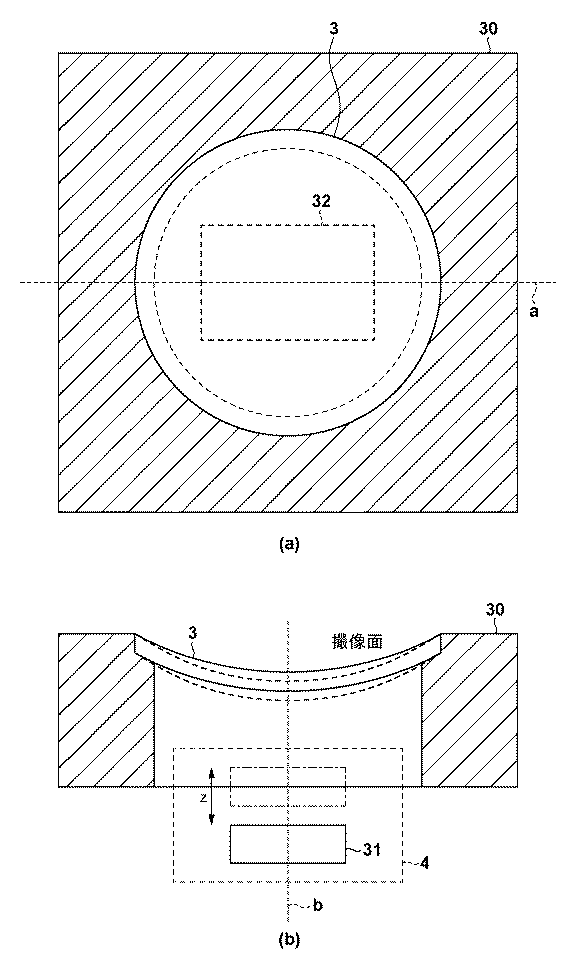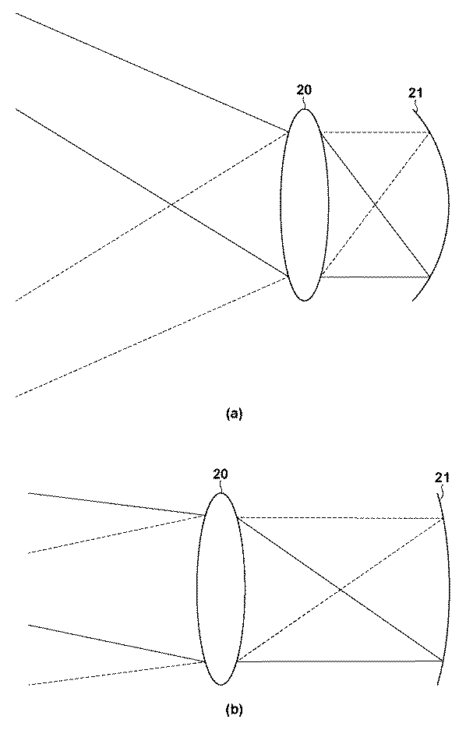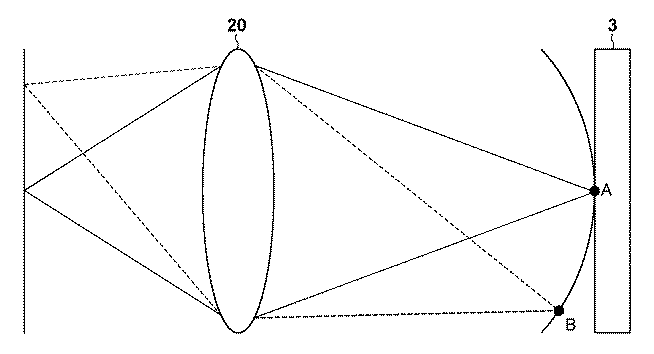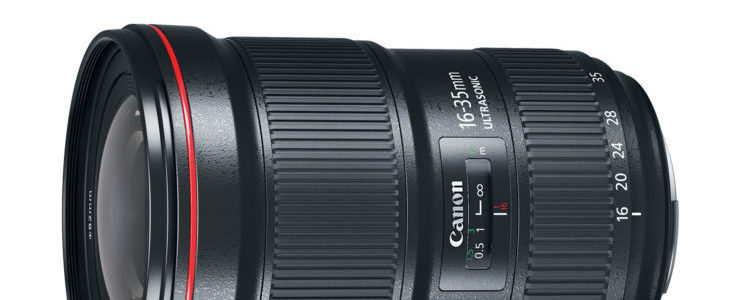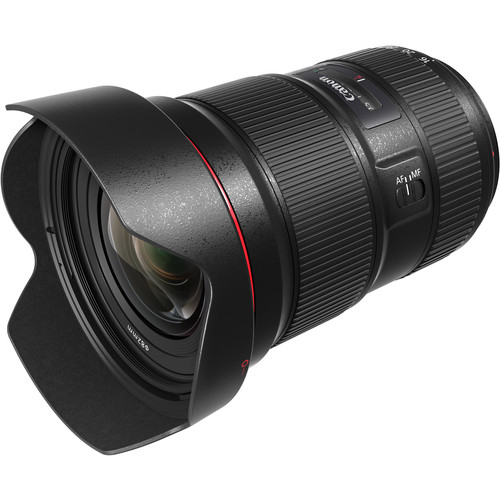Follow us:
Canon Welcomes Stephanie Sinclair and Jeremy Cowart to Explorers of Light Program

Canon press release:
Canon Welcomes Stephanie Sinclair and Jeremy Cowart to Explorers of Light Program
More than 20 Year Program Debuts New Members at PhotoPlus Expo 2016
MELVILLE, N.Y., October 19, 2016 – Canon U.S.A., Inc., a leader in digital imaging, is proud to announce the addition of two new photographers to its renowned Explorers of Light program, Stephanie Sinclair and Jeremy Cowart. These new members add to the already impressive ranks of Canon’s program, expanding to align with a wide range of talented professionals that impact imaging culture and influence the way their audiences see the world. These new Explorers of Light will be on hand at the Canon Booth (#121) at PhotoPlus Expo 2016, October 20-22 at the Jacob Javits Convention Center in New York City. For a full schedule of events in the Canon booth, please visit usa.canon.com/photoplus2016.
Stephanie Sinclair is a New York-based photojournalist who has gained international acclaim for her attention to human rights issues. Through her photography and her Too Young to Wed foundation, she has shone a spotlight on issues such as child marriage, female circumcision, war and polygamy. “Throughout my career, I’ve used the power of images to tell stories that weren’t being told,” Sinclair remarked. “I’m honored to join Canon’s Explorers of Light program and eager to get more involved in speaking to the next generation of photographers to teach them how to do the same.”
Jeremy Cowart is an accomplished portrait photographer who has captured iconic images of some of the world’s biggest celebrities. In addition, his humanitarian work has taken him to places such as Rwanda and Haiti where he has created photo essays that helped tell the stories of those whose lives had been ravaged by war and tragedy. “I’ve always been passionate about teaching, because it is my belief that art can change the world,” said Cowart. “I’m so proud to join the Explorers of Light program and be part of such an amazing team of professional photographers who share my enthusiasm for spreading the joy of imagery.”
“For over 20 years, the Explorers of Light program has enabled Canon to align with amazing professional photographers that use the power of the image to educate and inspire, and Jeremy Cowart and Stephanie Sinclair will help us to do both in new and impactful ways,” said Yuichi Ishizuka, president and COO, Canon U.S.A., Inc.
Since the creation of the program in 1995, Canon’s Explorers of Light have been leaders in their respective fields, garnering awards and accolades for their work. These individuals work with Canon extensively as representatives, ambassadors, educators, and role models for aspiring creative artists. They participate in workshops, seminars, gallery showings and personal appearances throughout the United States.
For more information about the Explorers of Light program, visit: http://www.learn.usa.canon.com/explorers_of_light/eol_home.shtml

